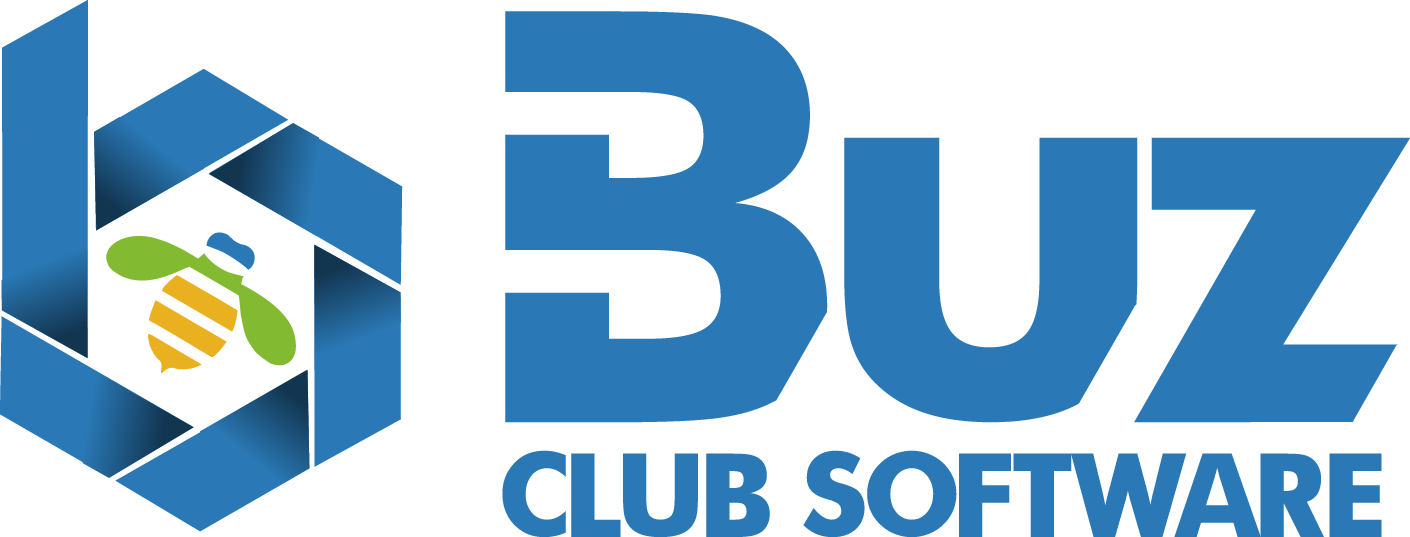Membership Management Software
Which country club management software your organization uses should be the last thing on your members’ minds. However, if you are using an outdated or inefficient system, your members could become frustrated with their experience. In other words, membership management software should get the job done and be invisible from the outside.
In this guide, we’ll dive deep into questions like “What is membership management?” and “How can I get the most out of my membership database?” We’ll also cover a solution for providing seamless experiences for your members, all without taking attention away from your engaging programs.

What Is Club Membership Management?
Club membership management is the process of actively engaging with members’ interests and satisfaction levels to provide better service. This process also involves taking care of background tasks seamlessly. For example, billing is part of membership, but accounting inefficiencies shouldn’t distract members from their private club experience.
In isolation, member management includes the following:
- Membership database creation and maintenance
- Membership preferences and satisfaction tracking
- Membership communication via email and text messages
However, membership management efforts become more successful when integrated with other key elements of club management, such as:
- Accounting: Your members want to focus on their experience at your club—whether that’s sailing, golfing, or relaxing during dinner with their family. They don’t want to interrupt their day working through a confusing billing system. By integrating accounting with membership management, managers can ensure a smooth, minimally invasive billing process.
- Reservations: Private clubs rely on scheduled events to engage members. Tennis lessons, yacht outings, tee times, dining, and a whole host of other programs need an efficient reservation system to provide attendees with the best experience. Connecting reservation software to member management software allows club staff to track and modify reservations as needed.
- Retail: Private clubs often include shops as part of their overall experience. For example, a golf shop provides enthusiasts with an opportunity to browse products in their hobby, as well as pick up any last minute equipment for their tee time reservation. Integrating retail software with member management software can help managers make connections between sales and member data. These insights can offer answers to questions like “What are the shared characteristics of members who spend the most in our shops?”
- Reporting: Collecting and analyzing membership data is a critical step in tailoring your club’s services to your members’ preferences. Adding reporting functionality to your membership management software makes the data you’re already collecting easy to analyze. That way, you can discover exactly which actions to take to drive more member engagement.
- Member Portal: Members value customization. Member portals enable members to schedule reservations, view calendars and menus, and even shop all with a few clicks on their smartphone. According to Pew Research, 85% of American adults use a smartphone, so investing in a member portal will improve the experience for the majority of your membership. And, integrating the portal into your overall membership management software ensures that your staff can see and act on the requests your members are making.
When you take a step back, it takes a lot of features to keep a private club running as smoothly as possible for members. The more platforms your team needs to transfer data between, the more chances there are for errors and miscommunications. You’ll also have to deal with the hassles of managing multiple login accounts, cost structures, and user interfaces. Fully integrated, all-in-one platforms, like Buz Club Software, remove silos and inefficiencies. This keeps focus on your members, not technical difficulties.
Why Use Membership Management Software?
Ultimately, the benefits of using country club membership management software are that clubs can make their processes more efficient while improving member experience. In other words, it’s a win-win! Here’s how it works:
- Club managers enter all members and their individual information into a single platform.
- From the membership software, managers can track member activity, billing progress, and more. Advanced club membership management software, like Buz Club Software, makes it easy to store information that allows your team to personalize service for members. For example, managers can use Buz Club Software to track members’ food allergies and communicate this information with food and beverage workers.
- Managers can send communications directly to members. Whether those members prefer email or text messages, membership management software streamlines the process of sending event invites, personalized messages, feedback requests, and so much more.
- Comprehensive membership management platforms, like Buz Club Software, integrate with all of the functionality clubs need to provide second-to-none member services. Managing and transitioning information between a seemingly endless number of platforms inevitably leads to errors. With all features in one place, managers can improve efficiency and member experience at the same time. For example, users can create content, like surveys, and send them out to members—all without leaving the platform!
The best membership software helps private clubs manage every aspect of service in a single platform. By tracking member preferences and communications, managers see what services their members want and deliver them.
_1200x799.jpeg)
What Is the Difference Between CRM and Membership Management Software?
Customer relationship management (CRM) and membership management software have a lot in common, but they are designed to work for two different types of people. CRMs focus on customer relationships, so they are geared toward leading prospects through the customer journey. What are the 3 types of CRM functions? They help users track customer information, drive conversions, and find opportunities for upselling.
Membership management software focuses on providing the best member experience possible. So, is membership a CRM function? In many ways, yes. Users can store member information to enhance services and pitch events and other upselling opportunities to current members. However, the key difference between membership and CRM (and members and customers) is the portion of the sales cycle they are designed for. CRMs primarily focus on acquiring new customers, with the additional functionality to create repeat customers. On the other hand, membership management software is much more focused on existing customers. Membership management software is also specialized for private club users. This means that users can use the software for industry-specific purposes, such as planning events and communicating perks to members.
What Is the Difference Between a CRM and an AMS?
Association management software (AMS) is designed for organizations that revolve around membership, while CRMs work best with sales-oriented businesses. Exactly what is association management software, and what functionalities does it provide? AMS can provide any amount of features that help keep an association running. These features can range from website design to membership database management and SEO campaigns. Some AMS platforms contain only a few related features, while others offer a wide variety in one location.
The key difference between an AMS and membership management software is the broad applications that AMS can have. Nonprofit organizations and homeowners associations are just a couple examples of who can benefit from AMS. In contrast, private clubs are the primary market for membership management software. This distinction adds unique features like dining upsell drivers, tee time scheduling, and tournament management.
When choosing between a CRM, an AMS, or a membership management platform, private clubs should consider a membership management platform. To see the difference this software can make over generic sales solutions, schedule a Buz Club Software demo today.
How Do I Create a Membership Database?
A membership database needs to:
- Include member information and contact details. This includes the basics: name, address, email, phone number, etc. While it may be tempting to gloss over this dataset, it’s vital to keep it up-to-date. Doing so makes it possible to stay in touch with your members and let them know what exciting programs they can participate in.
- Track additional metrics that support your club’s growth goals. For example, you can monitor reservations for different programs, so you know which types of events to run more frequently.
- Be easy to interpret and gain insights from. Data is only useful if you can actually use it! Ensure that your team can get the most out of your data by using reporting tools that package it in clear, concise, and comparable ways.
Your membership database is the lifeblood of your organization. That’s because your database makes it possible to stay in touch with your members while informing you on how to best appeal to them. To get the most out of your member data, however, you need to connect it with each aspect of your business. It’s no secret that private clubs offer a lot. Food and beverage services, shopping experiences, outdoor and indoor events and programs, the list goes on and on. An integrated club software platform, like Buz Club Software, makes it so these different pieces of your club can work together rather than competing for time, attention, and resources.
How To Create a Membership Database in Excel
Creating a membership database in Excel takes three steps:
- Decide which data you will record and how you will organize it.
- Display your data with pivot tables or other presentation methods.
- Grant access to relevant stakeholders to keep everyone on the same page.
For many private clubs, Excel is often the first choice when it comes to creating a membership database… but is it the right one? One main benefit is that clubs usually already have access to the software, so it doesn’t cost anymore to use. The other primary benefit of Excel is that most managers have at least some experience with it already, and there are plenty of online tutorials for advanced features.
Unfortunately, this is where Excel’s advantages end. It can be helpful for smaller clubs, but it lacks the necessary integration capabilities that dedicated membership management software has. The good news is that more comprehensive solutions can also be easy to learn and manage. For example, Buz Club Software gives you access to your member data in an intuitive dashboard while keeping you informed with data from each aspect of your business in real-time.
See What the Buzz Is About with Buz Club Software
Private clubs are unique because of how many services they offer all in a single package. Shouldn’t the software you use to manage those services follow the same model? That’s exactly what Buz Club Software does. With our platform, you get access to all of the following features and more—in a single platform.
- Accounting
- Member management
- Reservations
- Food and beverage point of sale (POS)
- Retail POS
- Reporting
- Content management system
- Member portal
- Member communication
- Event registration
- Support and maintenance
- Training
Request a one-on-one demo today to see exactly what difference Buz Club Software can make for you, your team, and your members.
Ready to Get Started?
See how our accounting system can support your club's financial operations.
